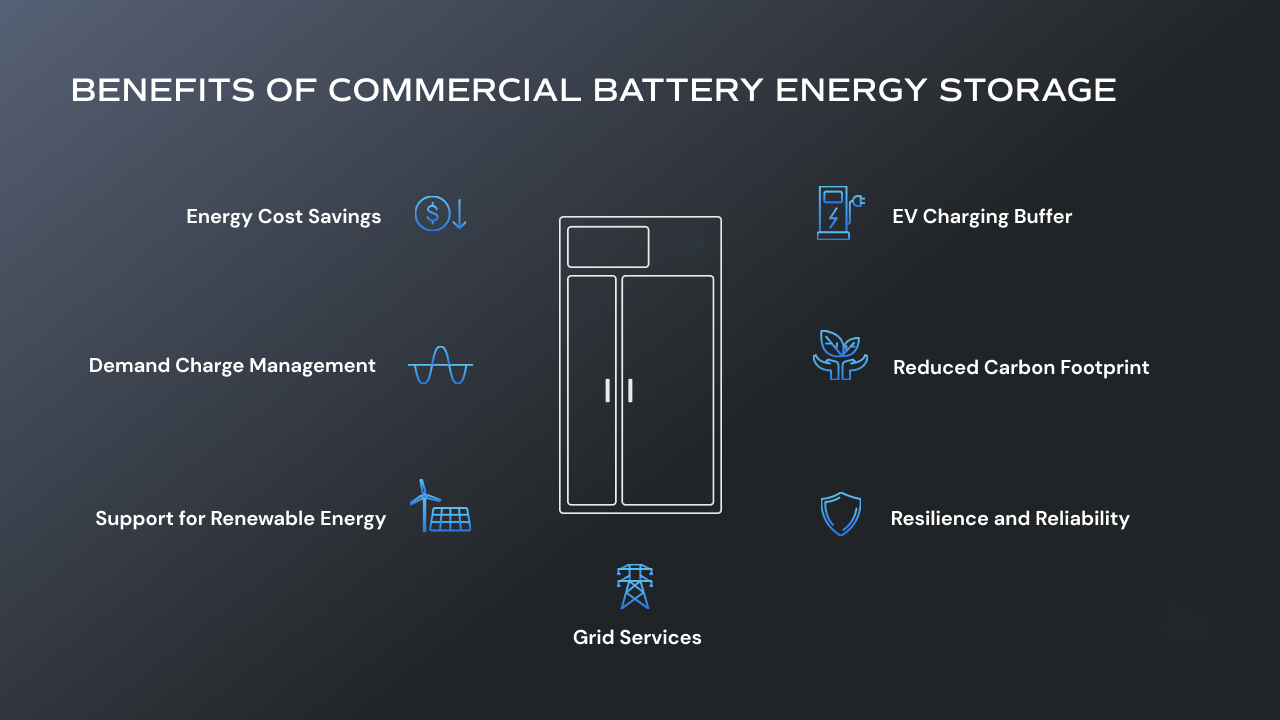
Jan. 12, 2024 14:58 Buyela ohlwini
Izisekelo Zesistimu Yokugcina Amandla Ebhethri: Ibhethri, i-PCS, i-BMS
The global energy crisis and the pressing need for environmental protection have brought energy storage technology to the forefront as a key solution. Among the various energy storage technologies available, battery energy storage systems have emerged as one of the most practical and commonly used options. At the heart of these systems lie three essential components: batteries, power conversion systems (PCS), and battery management systems (BMS).
Okokuqala, ake sihlole amabhethri ngokwawo, asebenza njengomongo wezinhlelo zokugcina amandla ebhethri. Amabhethri amadivayisi aguqula amandla amakhemikhali abe amandla kagesi. Akhiwe ngama-electrode aqondile noma angalungile, i-electrolyte, nesihlukanisi. Kunezinhlobo ezimbalwa zamabhethri atholakalayo, njengamabhethri e-lead-acid, amabhethri e-nickel-hydrogen, namabhethri e-lithium-ion. Kulawa, amabhethri e-lithium-ion athole ukuthandwa ngenxa yokuminyana kwawo okuphezulu kwamandla, isikhathi eside sokuphila, kanye nobungane bemvelo.
Uma siqhubekela kusistimu yokuguqula amandla (PCS), le ngxenye idlala indima ebalulekile ezinhlelweni zokugcina amandla ebhethri ngokuguqula amandla kagesi agcinwe kumabhethri abe amandla e-AC anganikezwa igridi noma abasebenzisi. I-PCS ngokuvamile iqukethe ama-inverters, ama-transformer, nezilawuli. Umsebenzi wayo oyinhloko ukuguqula amandla e-DC abe amandla e-AC, ukulawula okokufaka nokuphumayo kwamandla kagesi, nokuqinisekisa ukuphepha nokuzinza kwalo lonke uhlelo. Ukusebenza kwe-PCS kunomthelela ngqo ekusebenzeni kahle nempilo yesevisi yesistimu yokugcina amandla ebhethri.

Okulandelayo, sinesistimu yokuphatha ibhethri (BMS), ingxenye ebalulekile yesistimu yokugcina amandla ebhethri. I-BMS ihlanganisa amamojula okuqapha, amamojula okulawula, namamojula okuxhumana. Isibopho sayo esiyinhloko ukuqapha nokulawula isimo sebhethri ngesikhathi sangempela, okuhlanganisa nemingcele efana ne-voltage, yamanje, izinga lokushisa, kanye nesimo sokushajwa (SOC). Ukwengeza, i-BMS ivikela futhi ilawule ibhethri ezingozini ezingase zibe khona, njengokushajwa ngokweqile, ukuchithwa ngokweqile, kanye ne-overcurrent, iqinisekisa ukuphepha nempilo yayo.
In summary, the battery energy storage system comprises three fundamental components: batteries, PCS, and BMS. Batteries serve as the core storage mechanism, PCS converts stored energy into usable AC power, and BMS actively monitors and protects the battery, ensuring its optimal functioning and longevity. Achieving efficient, stable, and safe operation of battery energy storage systems relies on the harmonious cooperation between these three components.
Efficient energy storage is essential for meeting the demands of a fluctuating energy grid and reducing reliance on fossil fuels. Battery energy storage systems offer a viable solution to these challenges, providing a means to capture and utilize excess energy and deliver it back to the grid when needed. This technology has the potential to significantly enhance the reliability and stability of power supply, paving the way for a cleaner and more sustainable energy future.
As the global energy crisis intensifies, there is a growing need for further research and development to advance battery technology and optimize the performance of battery energy storage systems. Improvements in battery energy density, lifespan, and cost-effectiveness are crucial to accelerating the adoption of battery energy storage on a larger scale. Additionally, the integration of intelligent control systems and advanced monitoring technologies can enhance the efficiency and safety of battery energy storage systems, making them an even more attractive solution for future energy needs.
In conclusion, battery energy storage systems are at the forefront of the fight against the global energy crisis. Batteries, PCS, and BMS constitute the essential components of these systems, collectively working together to store, convert, and optimize energy usage. As the world strives to transition towards cleaner and sustainable energy sources, battery energy storage systems will play a pivotal role in achieving this goal. Continued advancements in battery technology and system integration will propel the widespread adoption of energy storage, providing a more reliable and environmentally friendly energy landscape.
Izosuswa uma yephula umthetho
Iwebhusayithi yesithenjwa: https://www.scupower.com
-
Stackable Battery System: Revolutionizing C&I Energy Storage with Suzhou ACDC
IzindabaJul.21,2025
-
Revolutionizing EV Charging with Suzhou DC Quick Charging Stations Solutions
IzindabaJul.21,2025
-
Revolutionize Your Power Needs with Suzhou ACDC's Portable Power Station Solutions
IzindabaJul.21,2025
-
Outdoor Integrated Temperature Control Cabinet: Elevating Energy Storage Cabinet Efficiency
IzindabaJul.21,2025
-
Container Type Energy Storage System: Revolutionizing Energy Storage with Stackable Battery Solutions
IzindabaJul.21,2025
-
Advanced Self-Cooling Energy Storage Cabinet Solutions
IzindabaJul.21,2025























